Home>Articles>How To Store Vegetables In Fridge Without Plastic
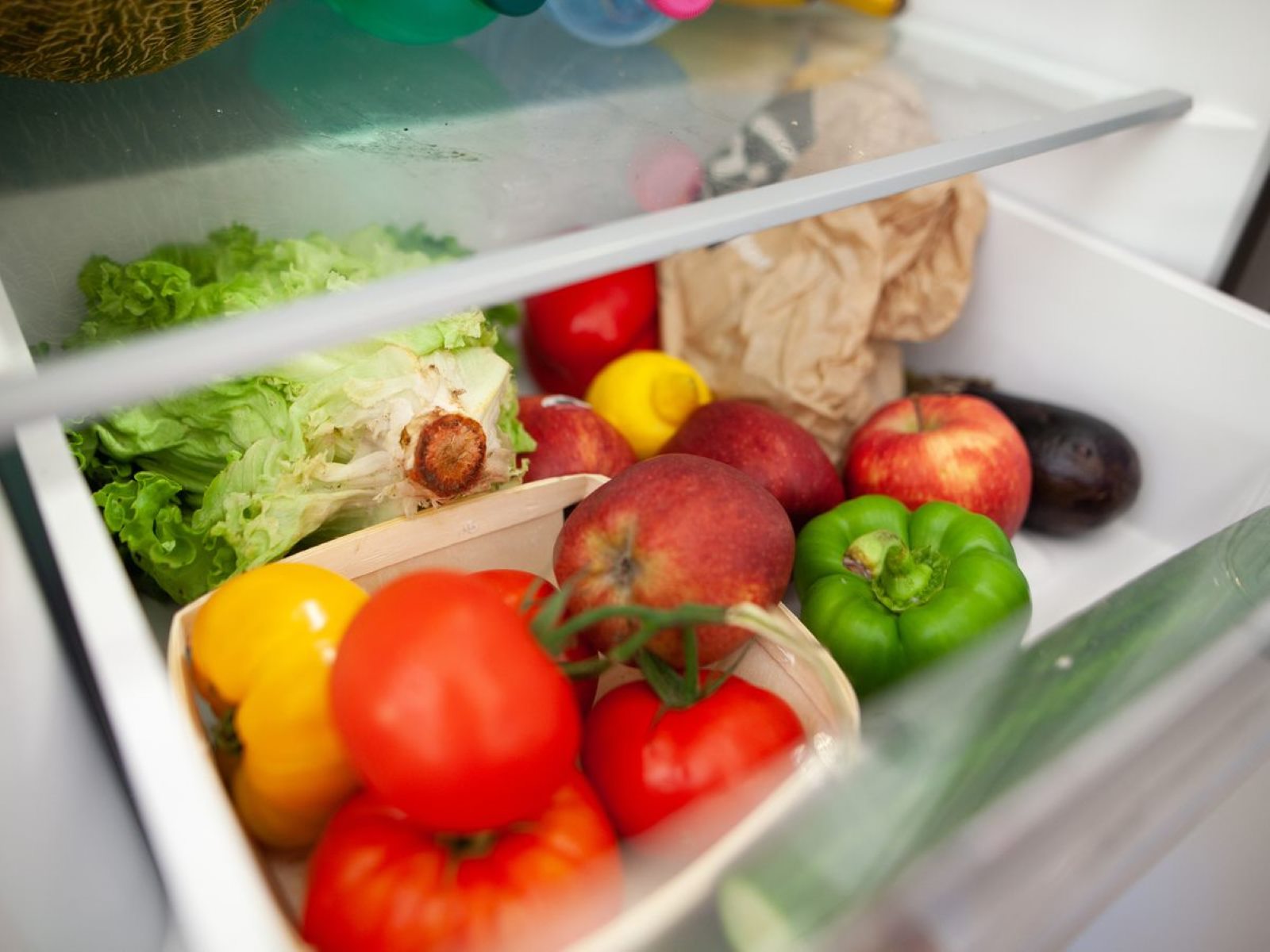

Articles
How To Store Vegetables In Fridge Without Plastic
Modified: October 28, 2024
Learn how to store vegetables in your fridge without using plastic containers or bags. Explore our articles for eco-friendly storage solutions and tips.
(Many of the links in this article redirect to a specific reviewed product. Your purchase of these products through affiliate links helps to generate commission for Storables.com, at no extra cost. Learn more)
Introduction
Storing vegetables in the refrigerator is a common practice to keep them fresh and extend their shelf life. However, many people are becoming increasingly concerned about the use of plastic containers and bags for this purpose. Plastic waste poses a significant environmental threat, as it takes hundreds of years to decompose, contributing to pollution and harm to wildlife.
The good news is that there are alternative methods to store vegetables in the fridge without relying on plastic. By choosing the right storage containers and implementing natural alternatives, you can maintain the freshness of your produce while reducing your plastic footprint.
This article will explore the benefits of storing vegetables in the fridge without plastic, provide guidance on choosing the right storage containers, offer tips for organizing your fridge efficiently, and highlight the vegetables that should not be stored together. We will also discuss the importance of properly washing and preparing vegetables before storage, as well as provide strategies to extend their shelf life.
By adopting these environmentally-friendly practices, you can contribute to a greener planet while enjoying the benefits of fresh and flavorful vegetables.
Key Takeaways:
- Say goodbye to plastic and hello to freshness! Storing vegetables in the fridge without plastic reduces waste, preserves nutrients, and promotes an eco-friendly lifestyle. Embrace sustainable storage for a greener planet.
- Organize, preserve, and enjoy! Opt for natural storage alternatives, separate ethylene-sensitive veggies, and follow proper washing and preparation techniques to extend the shelf life of your vegetables. Keep your fridge fresh and your produce flavorful.
Read more: How To Store Strawberries Without Fridge
Benefits of Storing Vegetables in the Fridge Without Plastic
Choosing to store your vegetables in the fridge without plastic offers several important benefits, both for your health and the environment. Let’s explore some of these benefits:
1. Reduced Plastic Waste: By eliminating the use of plastic containers and bags, you significantly reduce the amount of plastic waste that ends up in landfills or oceans. Plastic takes centuries to break down, posing a threat to wildlife and ecosystems. Storing vegetables without plastic is a small but impactful step towards a more sustainable future.
2. Preservation of Nutritional Value: Vegetables contain essential vitamins, minerals, and antioxidants that contribute to a healthy diet. However, exposure to air and moisture can cause nutrient loss in vegetables. Storing them properly without plastic helps to maintain their nutritional value and flavor, ensuring that you get the most out of your produce.
3. Fewer Chemical Leaching: Plastic containers may contain harmful chemicals, such as BPA (Bisphenol A) and phthalates, which can leach into food over time. By opting for plastic-free storage options, you minimize the risk of these chemicals contaminating your vegetables, promoting a safer and healthier food environment.
4. Enhanced Freshness: Proper storage is crucial for maintaining the freshness and crispiness of vegetables. Plastic-free storage options, such as breathable containers or reusable fabric bags, allow for better air circulation and moisture control, preventing decay and spoilage. This means that your vegetables will stay fresh and crunchy for longer.
5. Cost-Effective Solution: Investing in reusable storage containers, fabric bags, or glass jars may require an initial investment, but over time, they prove to be more cost-effective than single-use plastic options. By reusing these alternatives, you can save money while still effectively preserving your vegetables.
6. Eco-Friendly Choice: By choosing plastic-free storage options, you actively contribute to the reduction of plastic pollution and the preservation of natural resources. This eco-friendly choice aligns with the principles of sustainable living and demonstrates your commitment to a cleaner and healthier planet.
Overall, storing vegetables in the fridge without plastic offers a range of benefits, from reducing plastic waste and preserving nutritional value to promoting food safety and contributing to a more sustainable world. By making this simple change, you can make a significant impact on both your own well-being and the health of our planet.
Choosing the Right Storage Containers
When it comes to storing vegetables in the fridge without plastic, selecting the right storage containers is crucial. Here are some options to consider:
1. Glass Jars or Containers: Glass containers are an excellent alternative to plastic. They are non-toxic, non-reactive, and do not leach any chemicals into your vegetables. Glass containers also provide a clear view of the contents and help keep your fridge organized. Look for airtight glass containers that come with lids to maintain freshness.
2. Stainless Steel Containers: Stainless steel containers are durable, easy to clean, and non-toxic. They are a great option for storing leafy greens or chopped vegetables. Look for containers with good sealing capabilities to prevent air and moisture from entering and compromising the freshness of your produce.
3. Ceramic Containers: Ceramic containers are another safe and stylish option for storing vegetables. They are non-reactive and keep your produce fresh for longer. Ceramic containers also add an aesthetic touch to your fridge and can be used as serving dishes if needed.
4. Fabric Bags: Reusable fabric bags made of natural materials, such as cotton or hemp, are an eco-friendly choice for storing vegetables. These bags allow for air circulation, preventing moisture buildup. They are ideal for storing vegetables that require a bit of humidity, like mushrooms or leafy greens. Avoid plastic-lined fabric bags and opt for breathable options.
5. Silicone Bags: Silicone bags are a versatile and reusable option for storing vegetables. They are made from food-grade silicone and provide an airtight seal to keep your produce fresh. Look for silicone bags that are free of BPA and other harmful chemicals.
6. Beeswax Wraps: Beeswax wraps are an eco-friendly alternative to plastic wrap. Made from cloth coated with beeswax, these wraps provide a natural seal, allowing your vegetables to breathe while still maintaining freshness. They are particularly useful for wrapping individual vegetables or covering bowls and containers.
When selecting storage containers, ensure that they are clean, well-sealed, and properly sized to accommodate your vegetables without overcrowding them. Labels or transparent lids can also help you easily identify the contents of each container, making it easier to organize your fridge.
Remember, the key is to choose containers made from safe, non-toxic, and environmentally friendly materials to ensure the optimal storage of your vegetables without relying on plastic.
Using Natural Alternatives to Plastic Bags
Plastic bags are a common choice for storing vegetables in the fridge due to their convenience, but they contribute to environmental pollution. Fortunately, there are several natural alternatives to plastic bags that can effectively store your vegetables while minimizing your ecological footprint. Consider these options:
1. Reusable Mesh Produce Bags: Mesh produce bags made from cotton or other natural fibers are a sustainable alternative to plastic. These bags allow for airflow, reducing moisture buildup and preventing veggies from becoming mushy. Mesh bags are lightweight, washable, and come in various sizes, making them suitable for different types of vegetables.
2. Organic Cotton Bags: Organic cotton bags are another eco-friendly option for storing vegetables. They are breathable, preventing condensation and maintaining freshness. Look for bags made from certified organic cotton to ensure they are free from pesticides and chemicals.
3. Paper Bags: Simple and easily accessible, paper bags can be used to store certain vegetables. They help absorb excess moisture, allowing vegetables to stay fresh longer. Avoid using treated or coated paper bags, as they may contain chemicals that can leach into your produce.
4. Beeswax Wraps: Beeswax wraps, typically used as an alternative to plastic wrap, can be useful for storing individual vegetables like half-cut onions or avocados. Their natural adhesive properties help create a seal, keeping vegetables fresh while reducing plastic waste.
5. Banana Leaves: In some cultures, banana leaves have long been used for food packaging and storage. These large, flexible leaves can be wrapped around bundles of vegetables, providing a protective layer to keep them fresh. Banana leaves are natural, biodegradable, and impart a subtle aroma to the stored vegetables.
6. Vegetable Storage Containers: Some specialized containers are designed with the features necessary to optimize vegetable storage. For example, there are containers with adjustable humidity vents, allowing you to create the ideal environment for different types of vegetables. These containers are often made from sustainable materials like bamboo or recycled plastic.
When using natural alternatives to plastic bags, ensure that you clean and dry them thoroughly after each use to prevent the growth of bacteria or mold. It’s also a good idea to label the bags or containers to keep track of the contents and their storage duration.
By choosing natural alternatives to plastic bags, you not only reduce the amount of single-use plastic waste but also contribute to preserving the freshness and quality of your vegetables in an eco-friendly way.
Tips for Organizing Your Fridge for Vegetable Storage
Proper organization is key to maximizing the freshness and longevity of your vegetables in the fridge. Follow these tips to ensure efficient storage and easy access to your produce:
1. Clean and Clear: Start by cleaning your fridge and removing any expired or spoiled items. Wipe down the shelves and drawers to maintain a clean and hygienic environment for your vegetables.
2. Separate Storage Drawers: Most refrigerators have designated drawers for fruits and vegetables. Use these drawers wisely and make sure to keep fruits and vegetables separate. Fruits release ethylene gas, which can cause vegetables to spoil faster.
3. Use Stackable Containers: Utilize stackable containers with lids to save space and keep similar vegetables together. Label the containers to easily identify the contents and their expiration dates.
4. Group by Moisture Content: Store vegetables with similar moisture requirements together. Leafy greens, for example, prefer higher humidity, so store them in a container with a damp cloth or place them in a perforated bag to retain moisture. Root vegetables, on the other hand, prefer a drier environment.
5. Avoid Overcrowding: Overcrowding the fridge can restrict airflow, leading to a build-up of humidity and compromising the freshness of your vegetables. Allow enough space between items to ensure proper circulation of cold air.
6. Stock Rotation: To prevent vegetables from being forgotten and going bad, practice stock rotation. Place newly purchased vegetables at the back of the fridge and move older ones to the front for easy visibility and use.
7. Utilize the Crisper Drawer: The crisper drawer is specifically designed to regulate humidity levels. Use it to store leafy greens or delicate veggies like broccoli and cauliflower. Adjust the humidity settings if your refrigerator allows for it.
8. Keep Fragile Produce Safe: Delicate produce like tomatoes, berries, or mushrooms can easily get crushed or damaged. Store them in individual compartments or containers to protect them from being squished.
9. Don’t Store Near Odorous Foods: Some vegetables, like lettuce or cucumbers, can absorb odors from pungent foods. Keep them away from strong-smelling items like onions, garlic, or cheese to avoid flavor contamination.
10. Regularly Check and Discard: Regularly inspect your vegetable storage areas for any signs of spoilage or decay. Remove any vegetables that are past their prime to prevent them from affecting the freshness of other items.
By implementing these organization tips, you can maintain a tidy and efficient fridge while optimizing the longevity and quality of your vegetables.
Store vegetables in the fridge without plastic by using breathable containers like glass jars or cloth bags. Keep them in the crisper drawer to maintain freshness.
Read more: How To Store Kale In Fridge Without Plastic
Vegetables That Should Not Be Stored Together
While storing vegetables in the fridge is a great way to keep them fresh, it’s important to be mindful of which vegetables should not be stored together. Some vegetables release ethylene gas, a natural hormone that can speed up the ripening and deterioration of others. Here are some combinations to avoid when storing vegetables:
1. Potatoes and Onions: Potatoes and onions should be stored separately. Potatoes release ethylene gas which can cause onions to spoil faster. Additionally, potatoes prefer cool and dark conditions, while onions prefer a cool and well-ventilated environment.
2. Leafy Greens and Fruits: Leafy greens like lettuce, spinach, and kale should not be stored with fruits. Fruits, especially apples and bananas, release high amounts of ethylene gas which can cause the greens to wilt and spoil faster. It’s best to keep leafy greens in a separate compartment or bag.
3. Tomatoes and Cucumbers: Tomatoes are sensitive to ethylene gas and can accelerate the ripening process of cucumbers. This can lead to an over-ripening of the cucumbers and a shorter shelf life. Keep tomatoes and cucumbers stored separately to maintain their freshness.
4. Garlic and Root Vegetables: Garlic has a strong aroma that can easily be absorbed by root vegetables such as carrots, beets, and radishes, altering their flavor. Store garlic separately in a cool, dark place and keep root vegetables in a different area of the fridge.
5. Apples and Berries: Apples release high levels of ethylene gas, which can cause berries to spoil quickly. It’s best to keep apples and berries in separate containers or compartments to prevent the apples from accelerating the decay of the berries.
6. Green Beans and Mushrooms: Green beans can suffer from moisture buildup, causing them to spoil faster. Mushrooms are highly sensitive to moisture and can become slimy when stored with moist vegetables. Keep green beans and mushrooms in separate containers with proper ventilation.
7. Avocados and Bananas: Both avocados and bananas produce high levels of ethylene gas, which can cause them to ripen quickly. However, if you want to speed up the ripening process of avocados, storing them with bananas can be beneficial. Otherwise, store them separately.
By taking care to store these vegetables separately, you can prolong their freshness and ensure that they remain in the best condition for as long as possible.
Properly Washing and Preparing Vegetables Before Storage
Before storing vegetables in the fridge, it’s important to properly wash and prepare them to maintain their quality and prevent the growth of bacteria. Here are some steps to follow:
1. Rinse with Water: Start by rinsing your vegetables under cool running water. This helps remove any dirt, debris, and surface contaminants.
2. Gently Scrub (if needed): For vegetables with tougher skin, like potatoes or carrots, use a vegetable brush or a clean sponge to gently scrub away any remaining dirt. Be careful not to bruise or damage the skin.
3. Remove Excess Moisture: After washing, use a clean kitchen towel or paper towels to gently pat the vegetables dry. Excess moisture can lead to decay and promote the growth of bacteria.
4. Trim and Cut: If necessary, trim off any damaged or wilted parts of the vegetables. For larger vegetables, like broccoli or cauliflower, it’s a good idea to separate them into smaller florets for easier storage.
5. Store Leafy Greens Properly: Leafy greens like lettuce, spinach, or kale should be thoroughly dried before storing. Use a salad spinner or lay them out on a clean towel to remove excess moisture. Once dry, place them in a breathable bag or container lined with a paper towel to absorb any remaining moisture.
6. Leave Skin Intact: Unless specified in a recipe, it’s generally recommended to keep the skin intact for vegetables like cucumbers, eggplants, or zucchini. The skin helps protect the vegetable and maintain its freshness. Remove the skin only when necessary.
7. Preserve Fresh Herbs: For fresh herbs like basil, cilantro, or parsley, trim the ends and store them upright in a glass of water. Cover the herbs loosely with a plastic bag and place them in the fridge. Change the water every couple of days to keep them fresh.
8. Avoid Pre-Cutting: It’s best to avoid pre-cutting vegetables whenever possible, as this can accelerate spoilage due to increased exposure to air and moisture. Instead, cut and prepare the vegetables right before use for optimal freshness.
9. Remove Rubber Bands and Ties: When storing bundles of vegetables like asparagus or herbs, remove any rubber bands or ties. These can constrict the vegetables and cause them to wilt faster.
10. Store in Appropriate Containers: Choose the right storage containers or bags based on the type of vegetable. Some vegetables, like carrots or radishes, can be stored in a perforated bag to maintain optimal moisture levels, while others, like onions or garlic, prefer a well-ventilated container.
By following these guidelines, you can ensure that your vegetables are properly cleaned and prepared for storage, resulting in longer-lasting freshness and better quality when it’s time to use them.
Extending the Shelf Life of Vegetables in the Fridge
Proper storage and handling techniques are essential to extend the shelf life of vegetables in the fridge. By following these tips, you can maximize the freshness and quality of your produce:
1. Store at the Right Temperature: Most vegetables thrive at temperatures between 32°F and 40°F (0°C to 4°C). Set your refrigerator to maintain a cool but not freezing temperature to prevent damage and slow down the decay process.
2. Keep Fruits and Vegetables Separate: As mentioned earlier, fruits release ethylene gas which can accelerate the ripening and deterioration of vegetables. Store fruits and vegetables in separate compartments or areas of the fridge to prevent cross-contamination.
3. Wrap or Seal Cut Vegetables: Once a vegetable is cut, its exposure to air increases, leading to faster spoilage. Wrap or seal cut vegetables in airtight containers or use plastic wrap to minimize air contact and maintain their freshness. Alternatively, use reusable beeswax wraps to cover cut surfaces.
4. Maintain Proper Humidity: Some vegetables, like leafy greens and herbs, benefit from higher humidity levels to stay fresh and crisp. Store them in breathable bags or containers lined with a damp cloth or paper towel to maintain the necessary moisture level.
5. Check and Remove Spoiled Pieces: Regularly inspect your stored vegetables for any signs of spoilage, such as mold, wilting, or sliminess. Remove any spoiled pieces promptly to prevent the spread of decay to other vegetables.
6. Avoid Washing Before Storage: Moisture can hasten the deterioration of vegetables. Only wash vegetables right before you’re ready to use them rather than before storage. This helps to maintain their natural protective layer and keeps them dry.
7. Freeze Excess Vegetables: If you have an abundance of vegetables that you won’t be able to consume before they spoil, consider freezing them for later use. Blanch them in boiling water for a few minutes, then cool and store in airtight freezer bags or containers.
8. Use the “First In, First Out” Rule: To minimize waste, organize your fridge in a way that allows you to use older vegetables first. This technique is known as the “First In, First Out” rule and helps ensure that vegetables are used before they spoil.
9. Avoid Overstuffing: Proper airflow is crucial to keep vegetables fresh. Avoid overstuffing your fridge, as it restricts air circulation and can lead to condensation and faster spoilage. Make sure there’s enough space between items to allow proper ventilation.
10. Store Whole and Unripe Fruits Separately: Whole and unripe fruits, such as avocados, bananas, or tomatoes, can release ethylene gas as they ripen. Store them away from vegetables that are susceptible to premature ripening or decay.
By implementing these practices, you can significantly extend the shelf life of your vegetables, reducing waste and ensuring that you have fresh and flavorful produce for longer periods.
Conclusion
Storing vegetables in the fridge without plastic is not only an eco-friendly choice but also a way to maintain the freshness and nutritional value of your produce. By choosing the right storage containers, using natural alternatives to plastic, and organizing your fridge effectively, you can extend the shelf life of your vegetables and reduce waste.
The benefits of storing vegetables without plastic are numerous. You contribute to the reduction of plastic waste, promote food safety by avoiding harmful chemicals leaching into your produce, and maintain the nutritional value of your vegetables. Additionally, you save money by investing in reusable storage options and make a positive impact on the environment.
Remember to properly wash and prepare your vegetables before storage, ensuring they are free from dirt and excess moisture. Consider the specific needs of each vegetable, such as humidity and ethylene sensitivity, to store them optimally. Avoid storing incompatible vegetables together to prevent premature spoiling and flavor contamination.
Implementing these practices will help you maintain a well-organized fridge with fresh and flavorful vegetables at your fingertips. Take advantage of the convenience provided by glass or stainless steel containers, reusable fabric bags, or beeswax wraps as natural alternatives to plastic. By following these guidelines, you can make a positive impact on the environment while enjoying the benefits of long-lasting, quality produce.
So, let’s embrace plastic-free vegetable storage and become stewards of both our health and the planet. With small changes in our storage habits, we can create a greener and more sustainable future.
Frequently Asked Questions about How To Store Vegetables In Fridge Without Plastic
Was this page helpful?
At Storables.com, we guarantee accurate and reliable information. Our content, validated by Expert Board Contributors, is crafted following stringent Editorial Policies. We're committed to providing you with well-researched, expert-backed insights for all your informational needs.
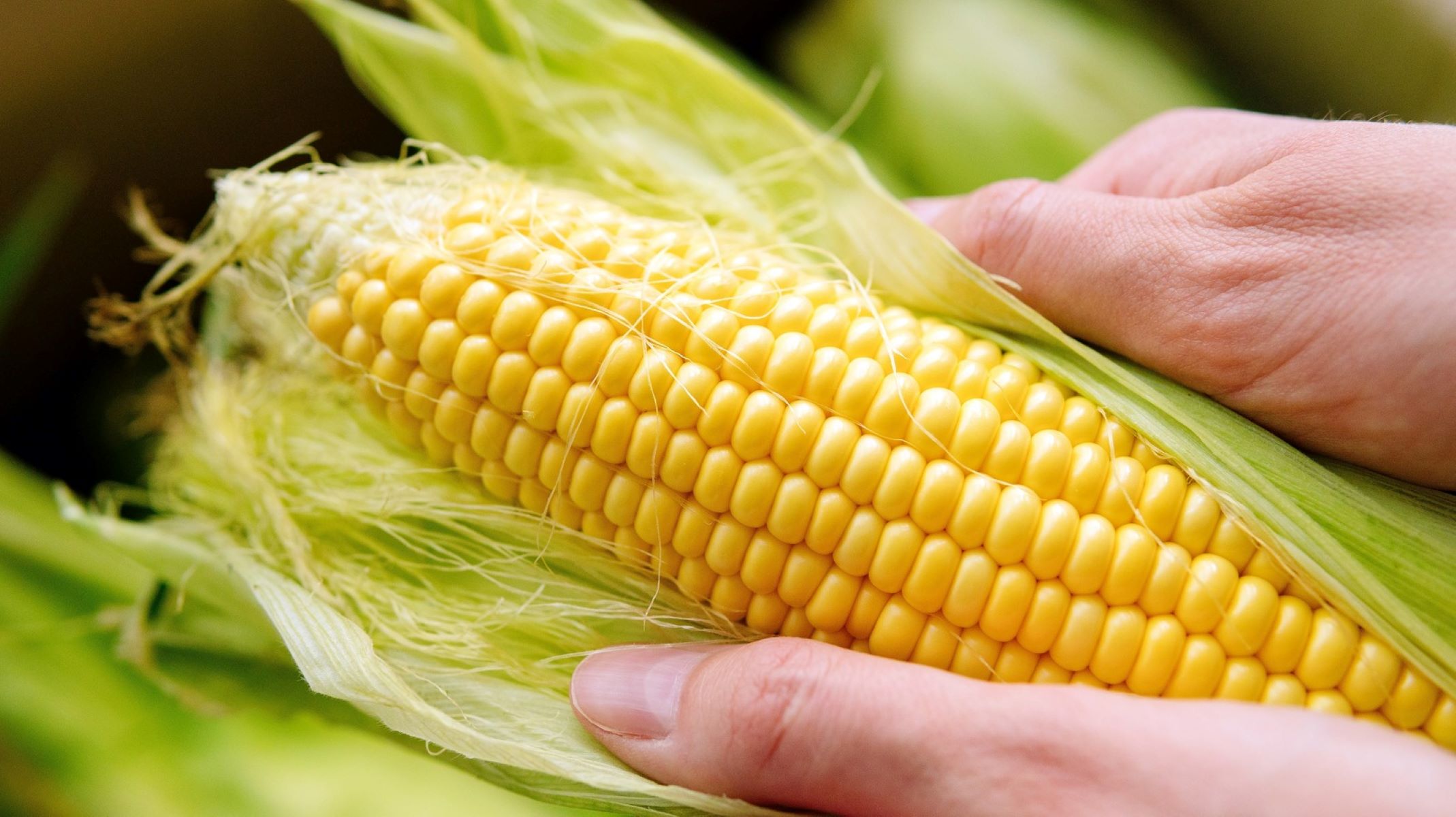

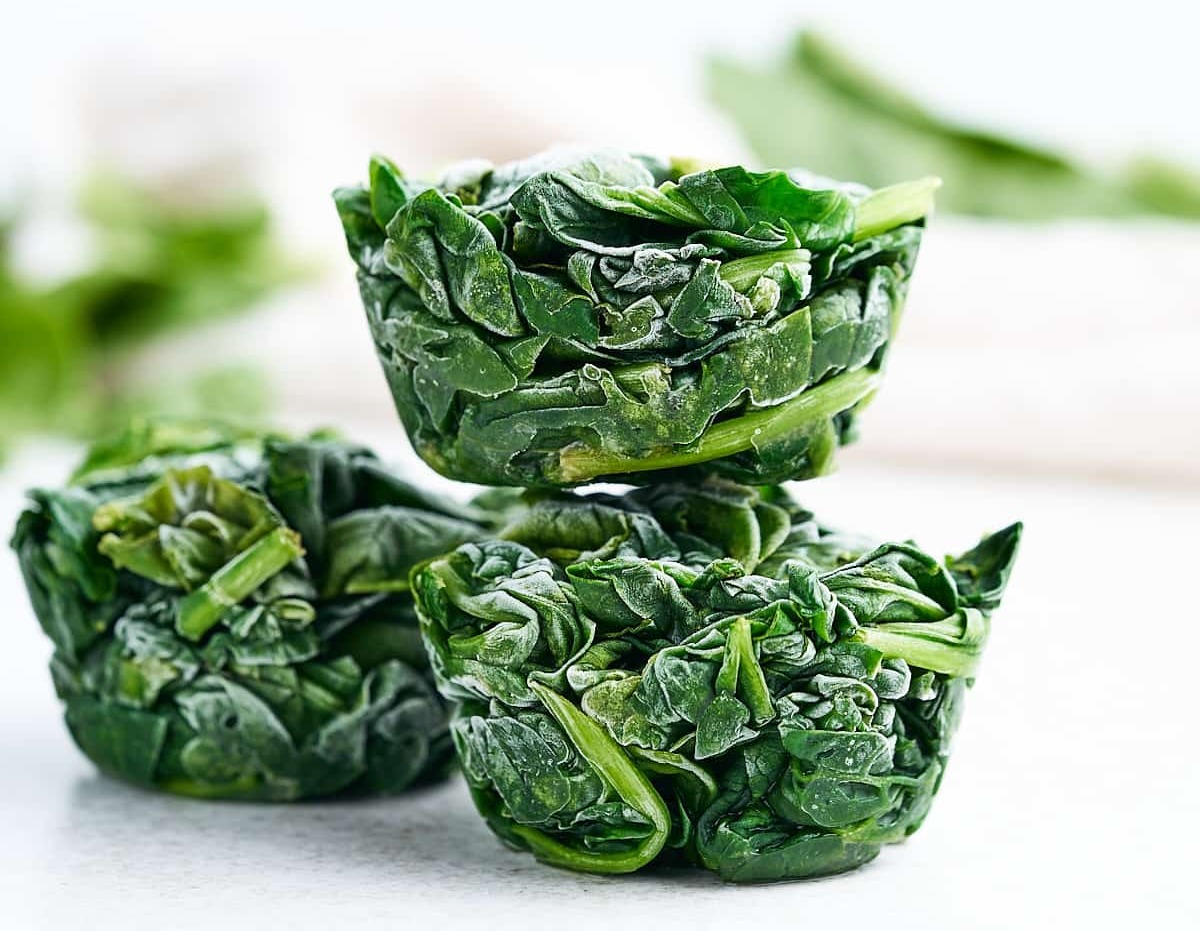
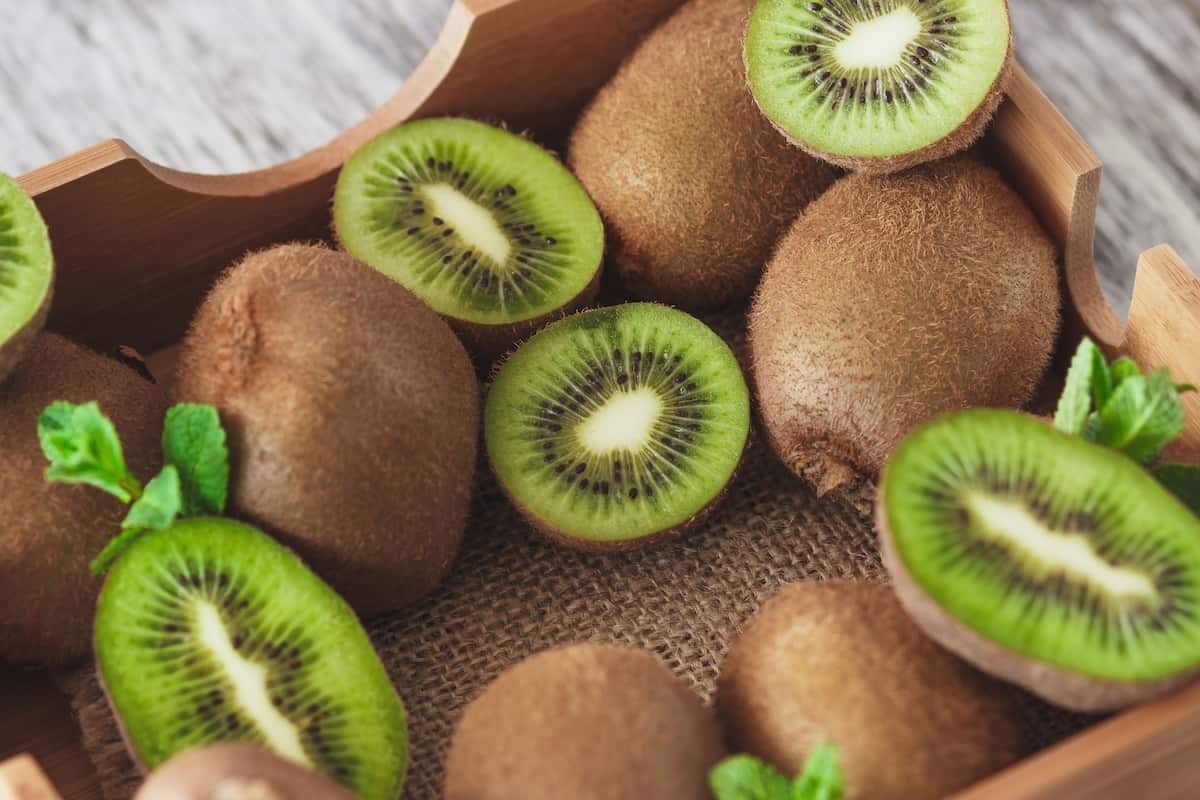
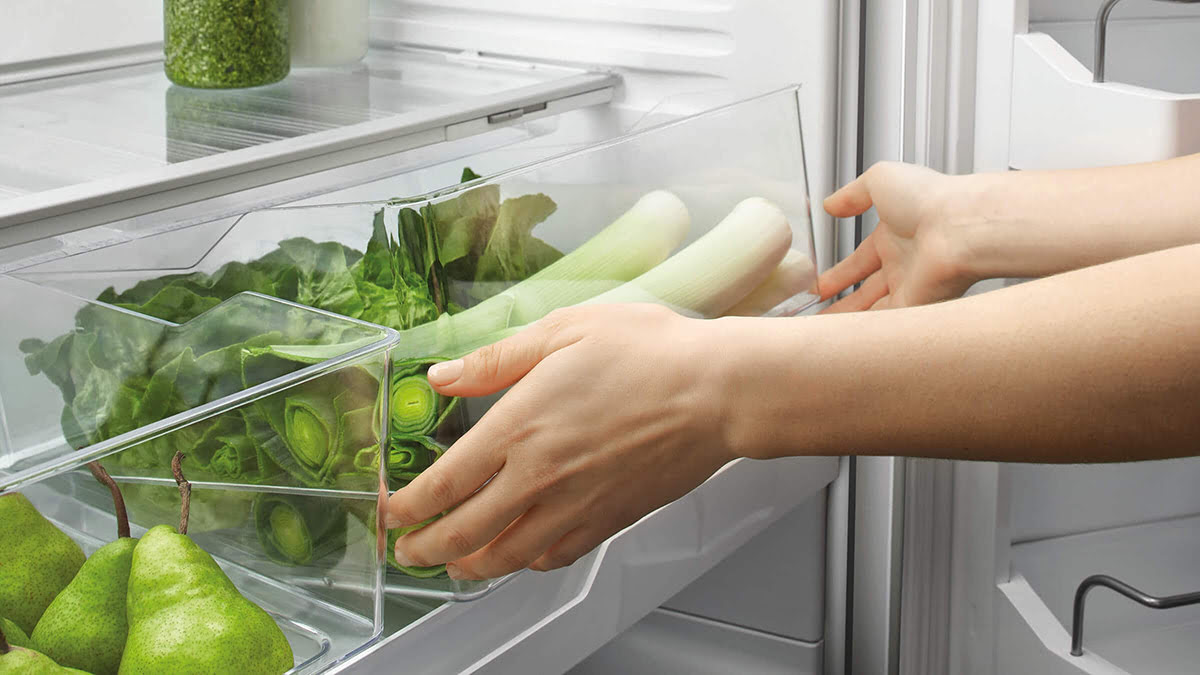
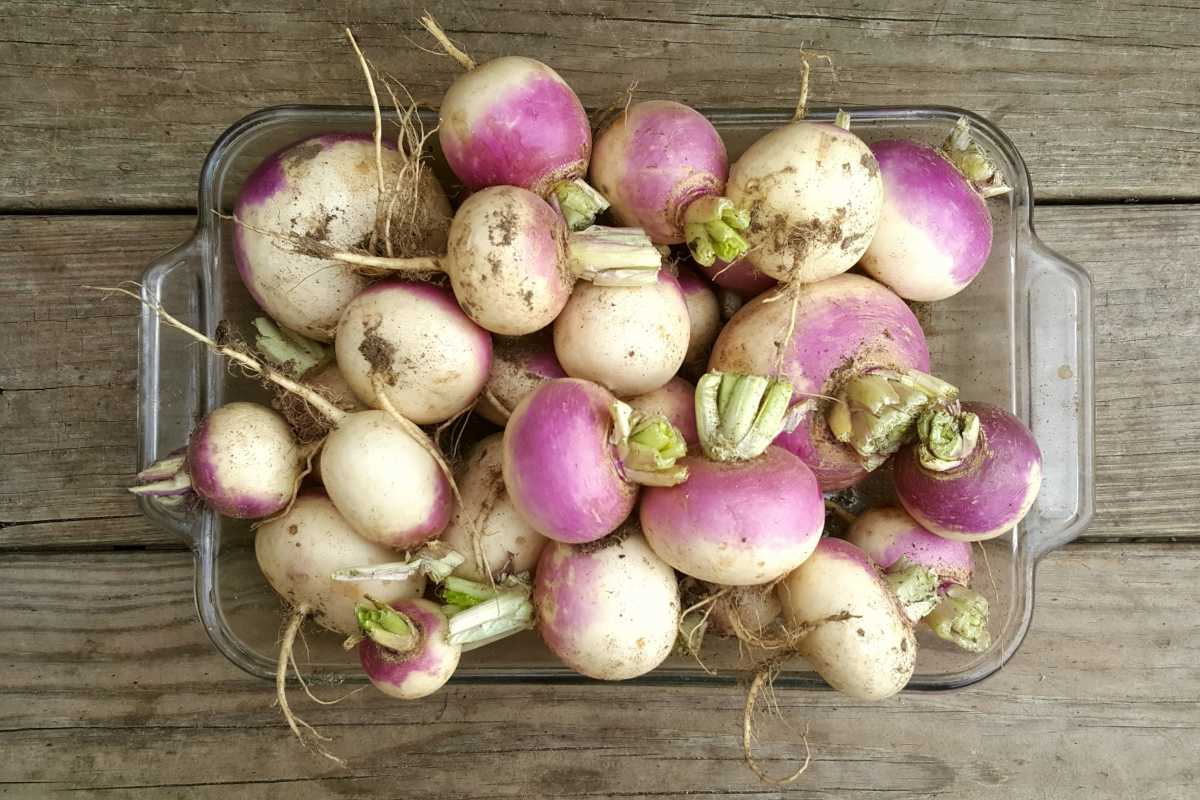
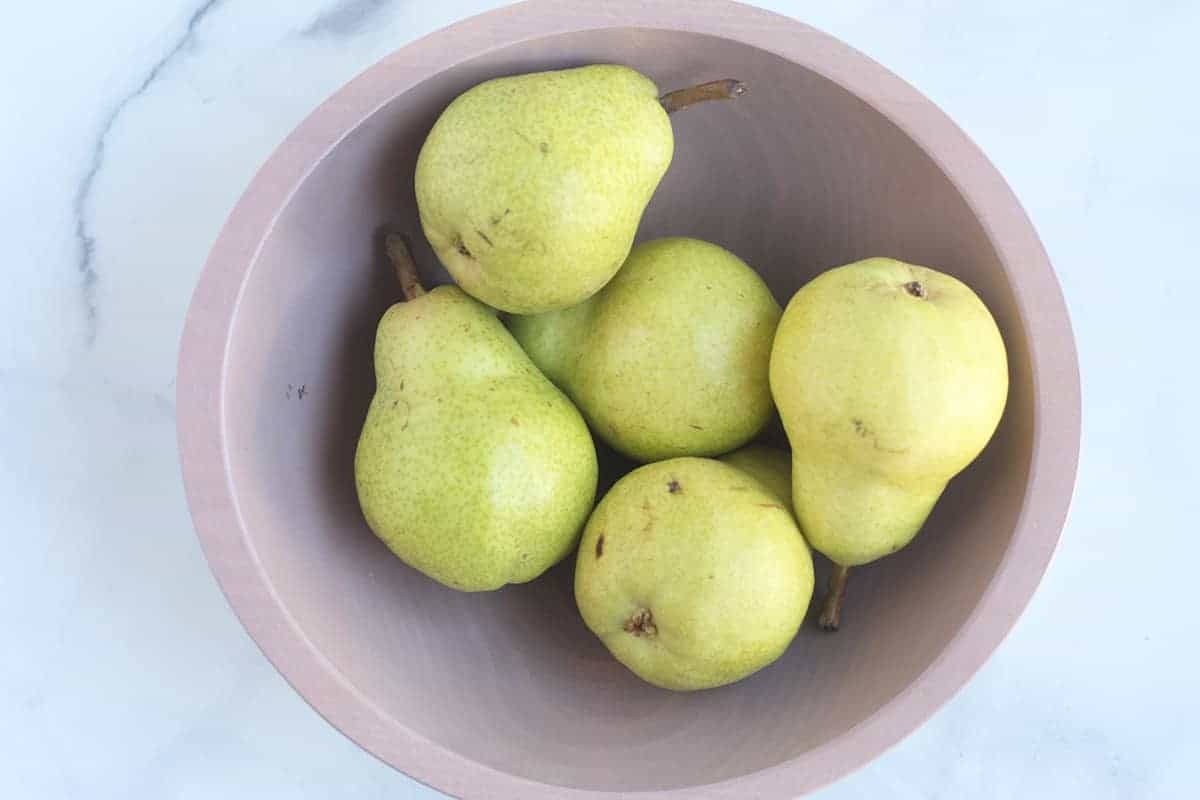
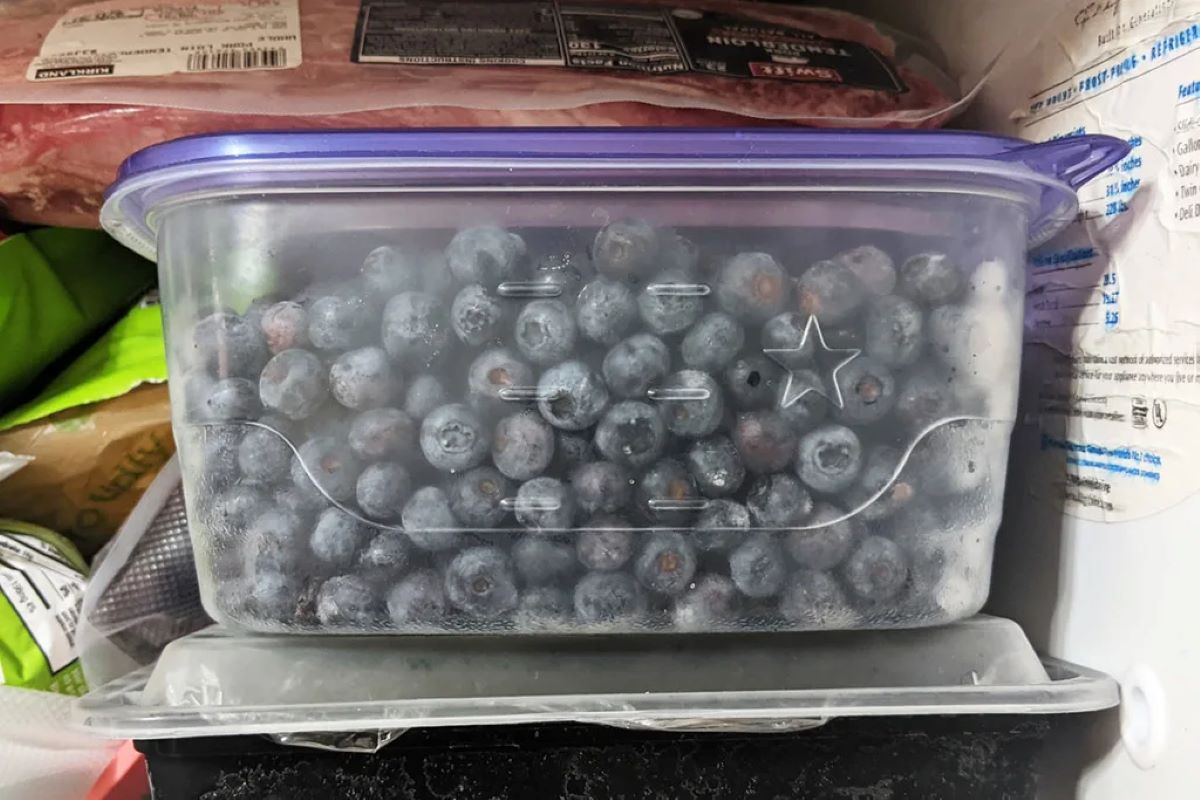
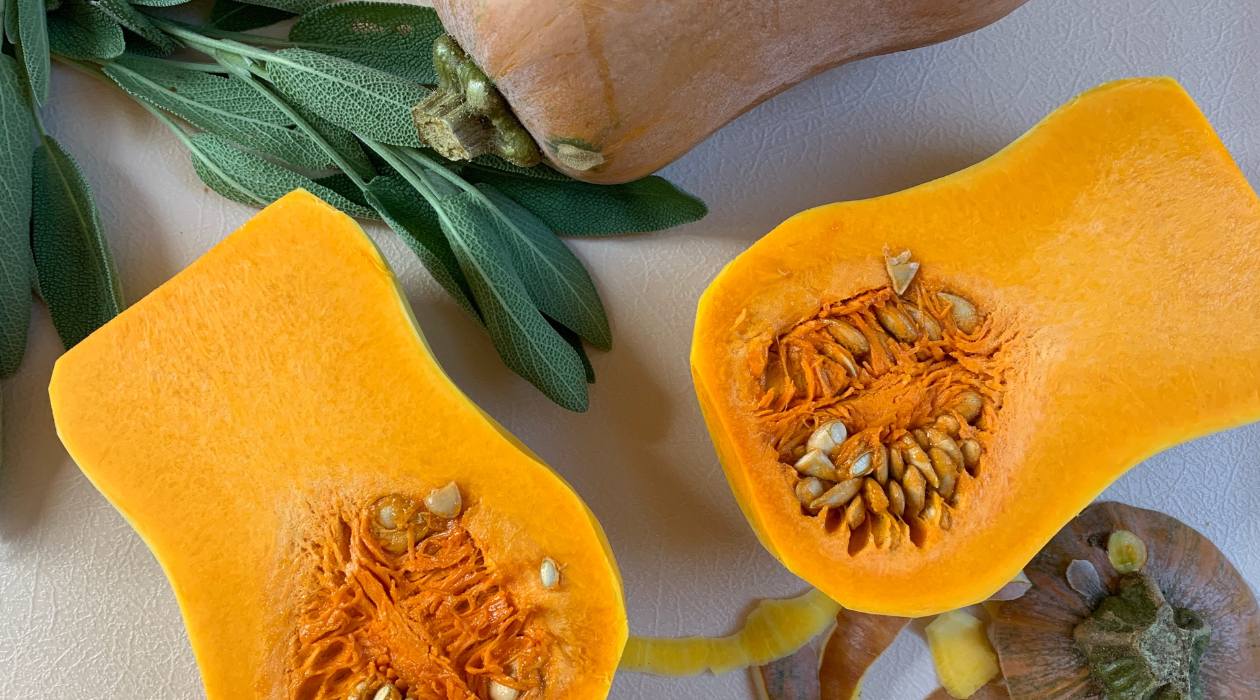
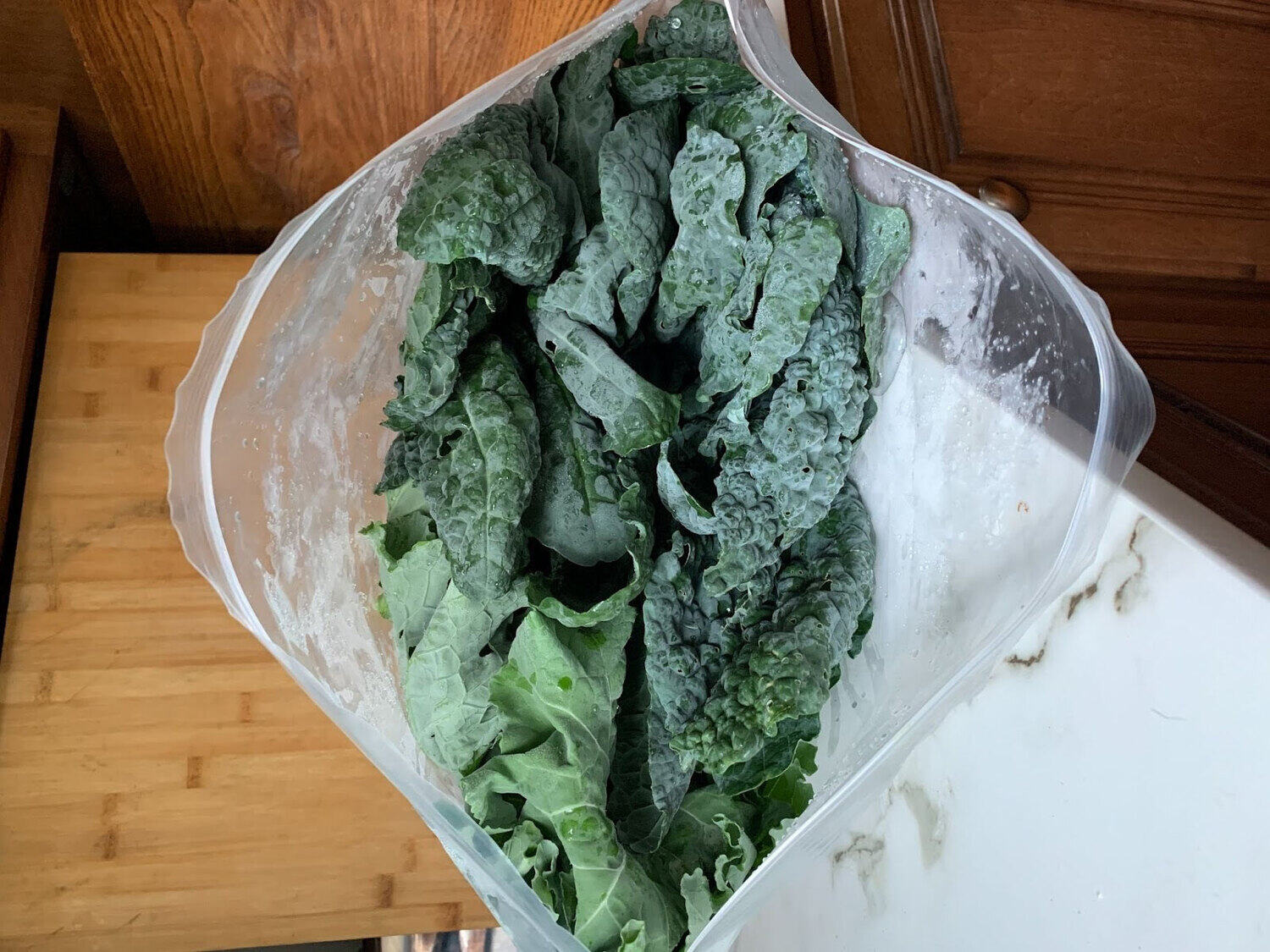
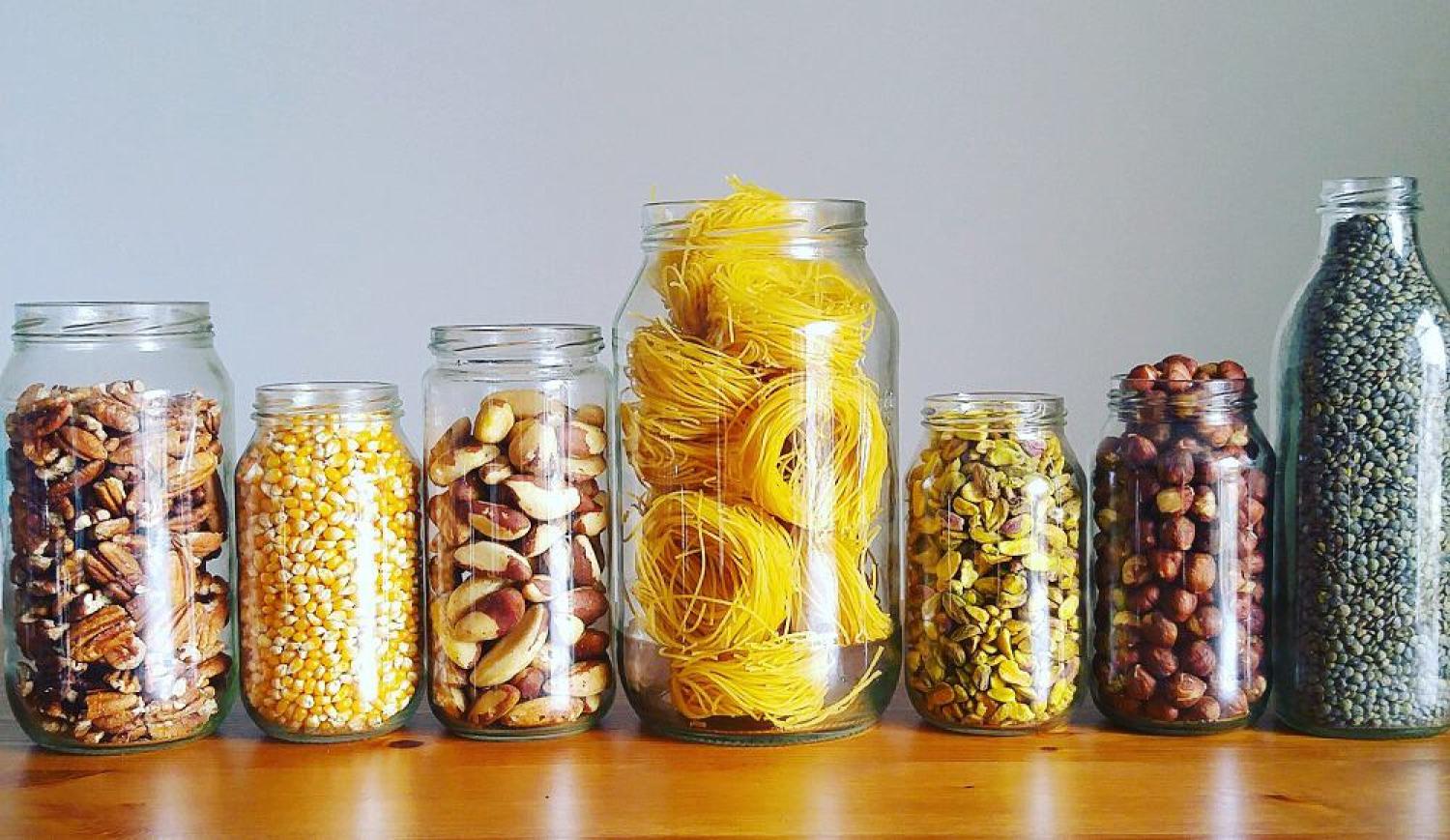
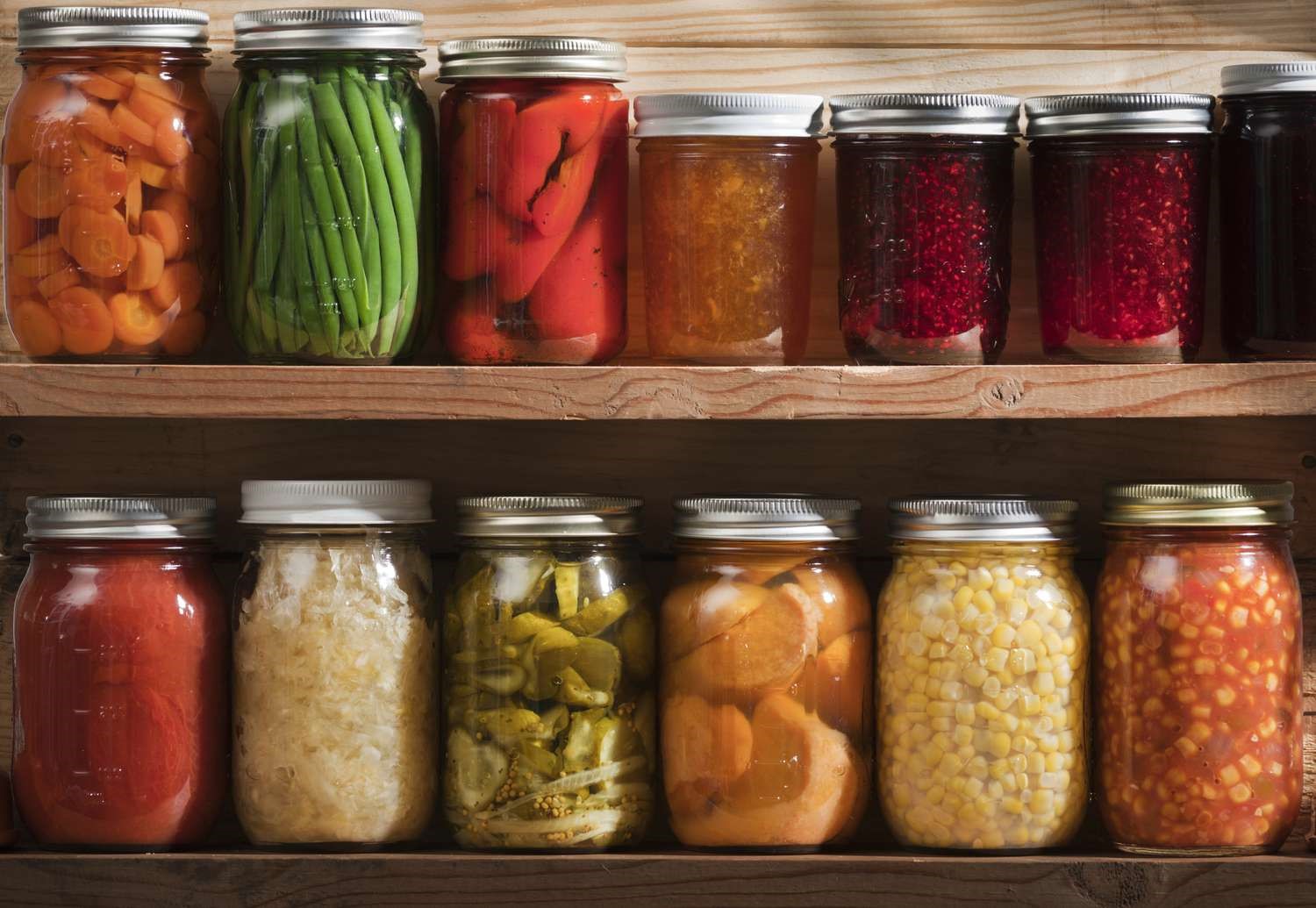
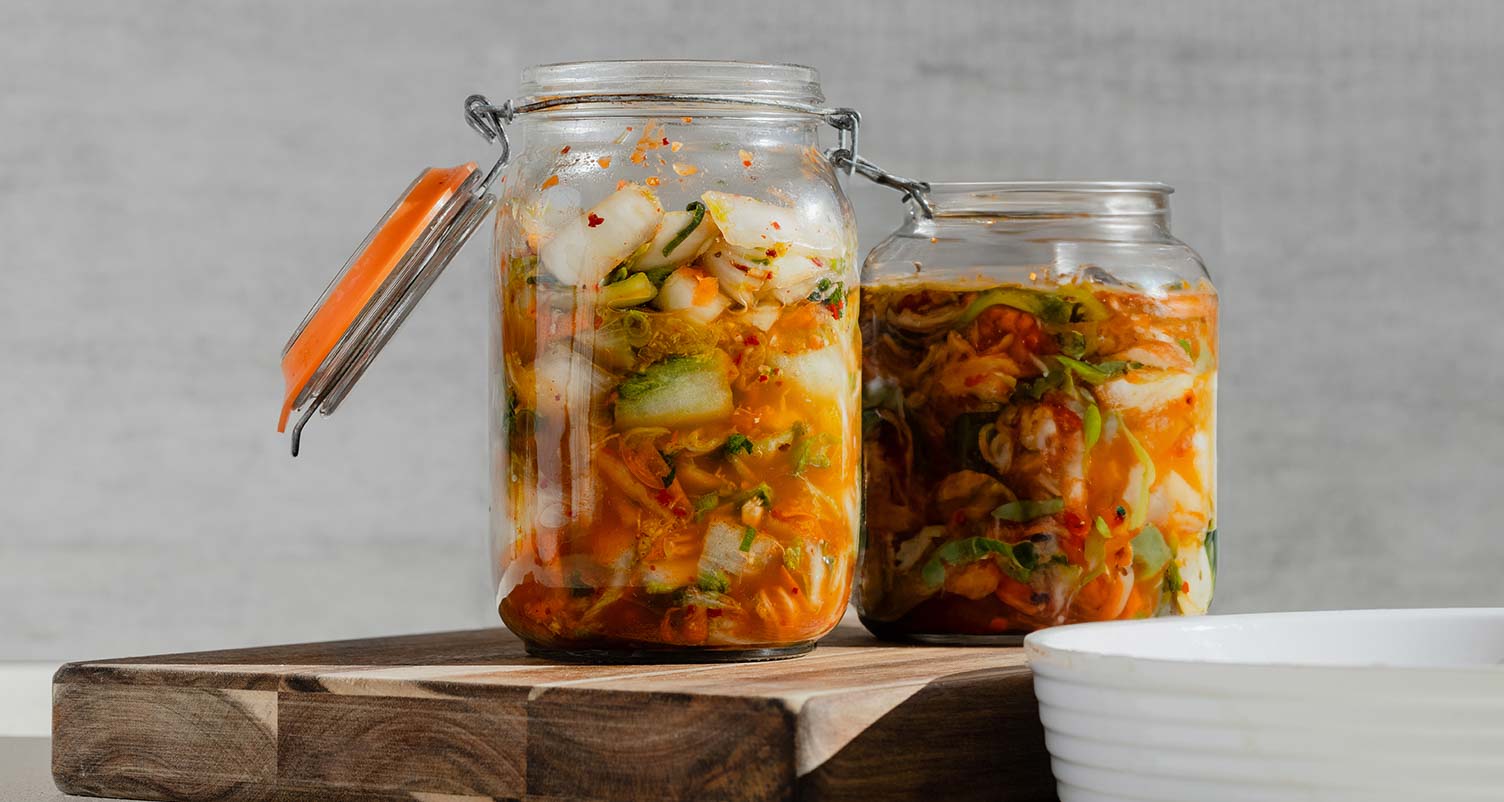
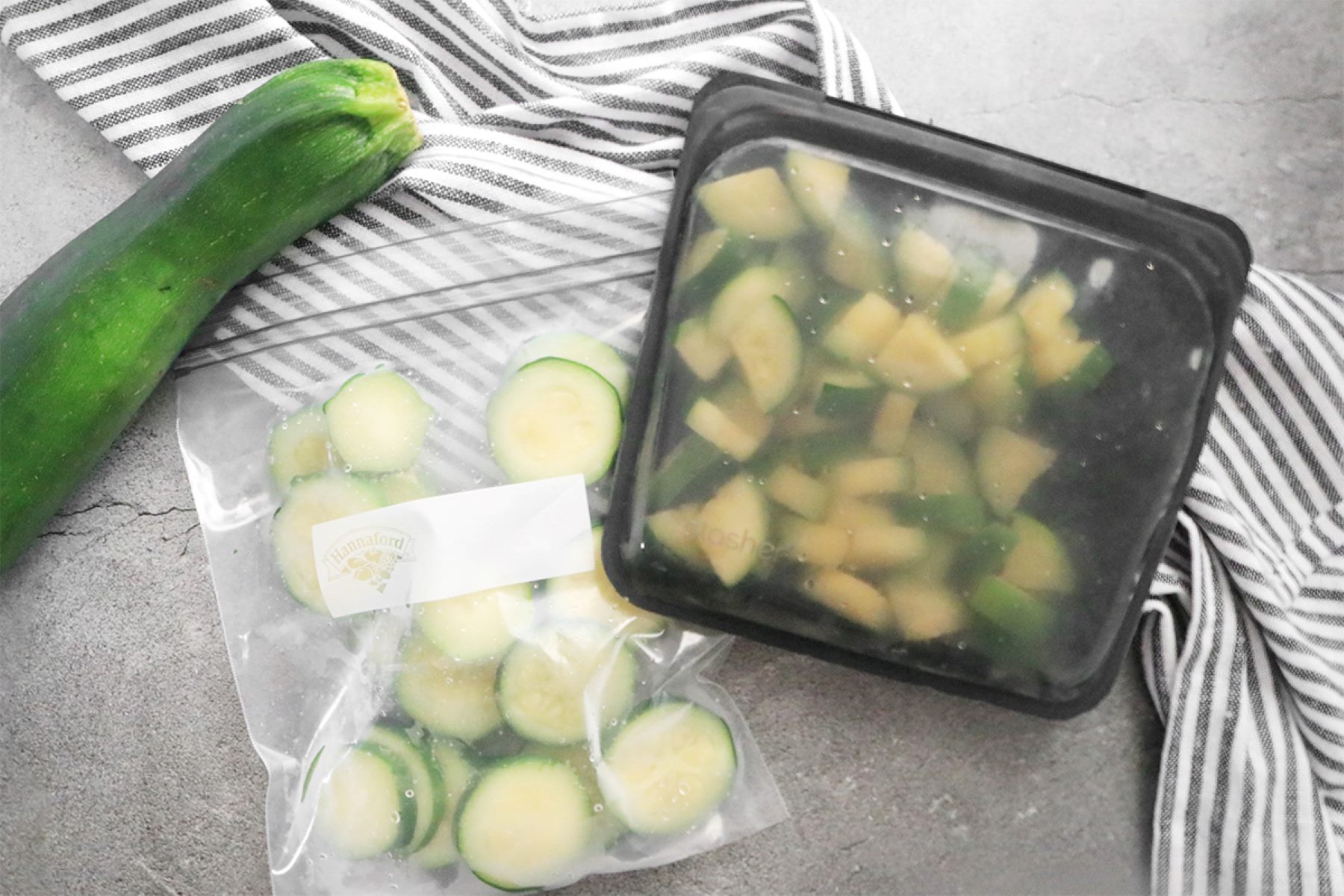

0 thoughts on “How To Store Vegetables In Fridge Without Plastic”